 The scenic drive through northern Romania visiting centuries old monasteries was a trip well worth taking. Leaving Brasov and making our way up through the northeastern slopes of the Carpathians, the landscape changed to hues of blue-green grasses, mountains and rolling hills, picturesque with uniquely constructed fences and domed hay stacks. The drive takes you through a number of villages, sharing the narrow road with horse pulled carts, tractors and farm animals. The drive itself is worthy of it’s own post.
The scenic drive through northern Romania visiting centuries old monasteries was a trip well worth taking. Leaving Brasov and making our way up through the northeastern slopes of the Carpathians, the landscape changed to hues of blue-green grasses, mountains and rolling hills, picturesque with uniquely constructed fences and domed hay stacks. The drive takes you through a number of villages, sharing the narrow road with horse pulled carts, tractors and farm animals. The drive itself is worthy of it’s own post.
Romania has numerous monasteries and while we certainly did not see them all, we visited some great ones. Leaving lasting impressions, each one is worth the recommendation. Driving into the beautiful region of Moldova (sometimes referred to as Moldavia) early morning after our usual stop at a local pastry shop, our first monastery was Văratec. Later in the day, during our stop at the monastery in Agapia de jos (built 1642-1647), outside the town of Târgu Neamţ, we had the privilege of giving a nun a ride into a nearby town. 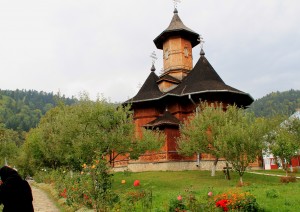 However before we left for her destination, we were guided up the hill to a quiet, small wooden and very ornate monastery where we were the only visitors. The ride was very informative, and thanks to her direction we were guided to the home and museum of the famous Romanian writer and story teller, Ion Creangă, for a pleasant, unexpected surprise.
However before we left for her destination, we were guided up the hill to a quiet, small wooden and very ornate monastery where we were the only visitors. The ride was very informative, and thanks to her direction we were guided to the home and museum of the famous Romanian writer and story teller, Ion Creangă, for a pleasant, unexpected surprise.
Over a few days we visited a number of monasteries throughout Bucovina and Moldova, including the famous hand painted monasteries and those commissioned by Stefan cel Mare (Voroneț-1488, Moldovița-1532, and Putna-1466).
Voroneț (voro -netz) with its famous fresco of the Last Judgment painted on the west wall is done in a blue so unique, vivid and vibrant that the color was named after it: Voroneț Blue. Not far from the Romania / Ukraine border, we ended the day at the monastery of Putna, where the tomb of Stefan Cel Mare and third wife Maria are kept. The night snuck up on us and we had to look for accommodations. Pensuine Agroturistica Cerbul, was on our path and the stay was memorable. The kind owners presented us with a breakfast of fresh homemade cheeses, breads, pastries, condiments, and herbal tea from their garden. We had a great conversation before we set off for the day. (Well, not speaking the language, Michael continued to eat – too much – while Mihaela engaged in conversation and translated).
We were told the story of how the location of the monastery was chosen. 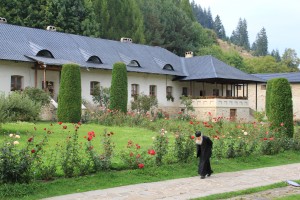 Stefan Cel Mare (Stefan the Great – King of Moldova) defeated the more powerful Ottomans and built the monastery as a tribute. To choose the location he climbed Crucii Hill and fired an arrow, and in the location it landed the Putna monastery was built. Rich in history; powerful in presence; an ancient lifestyle preserved by those living in the monasteries today; architectural intrigue and a unique gift to the world, eight of the Romanian monasteries are on the UNESCO World Heritage List. A visit to the Romanian Monasteries would be a recommendation to anyone visiting Eastern Europe. And my recommendation would be to rent a car, enjoy the drive and keep your eyes open.
Stefan Cel Mare (Stefan the Great – King of Moldova) defeated the more powerful Ottomans and built the monastery as a tribute. To choose the location he climbed Crucii Hill and fired an arrow, and in the location it landed the Putna monastery was built. Rich in history; powerful in presence; an ancient lifestyle preserved by those living in the monasteries today; architectural intrigue and a unique gift to the world, eight of the Romanian monasteries are on the UNESCO World Heritage List. A visit to the Romanian Monasteries would be a recommendation to anyone visiting Eastern Europe. And my recommendation would be to rent a car, enjoy the drive and keep your eyes open.
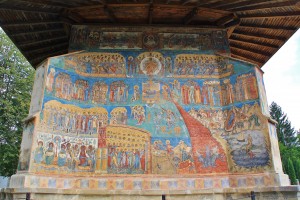
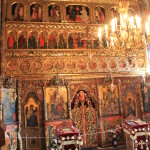
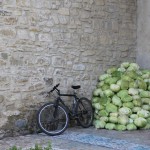
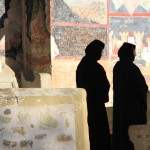

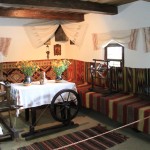
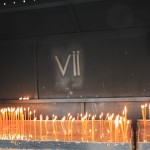
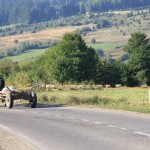
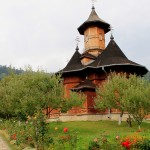
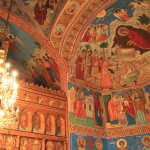
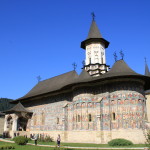
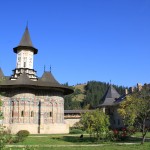
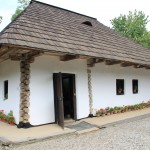
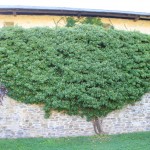
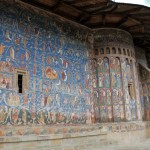
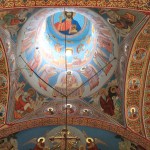
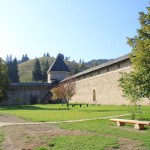
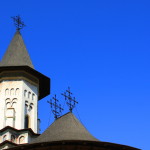
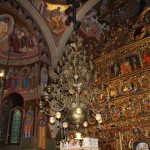
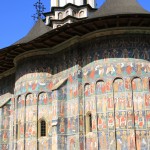
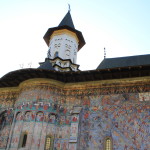
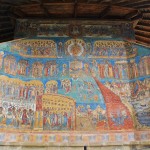
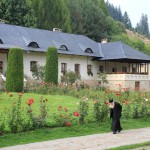
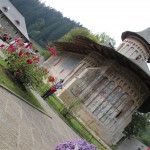
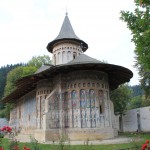

Really beautiful & great story.